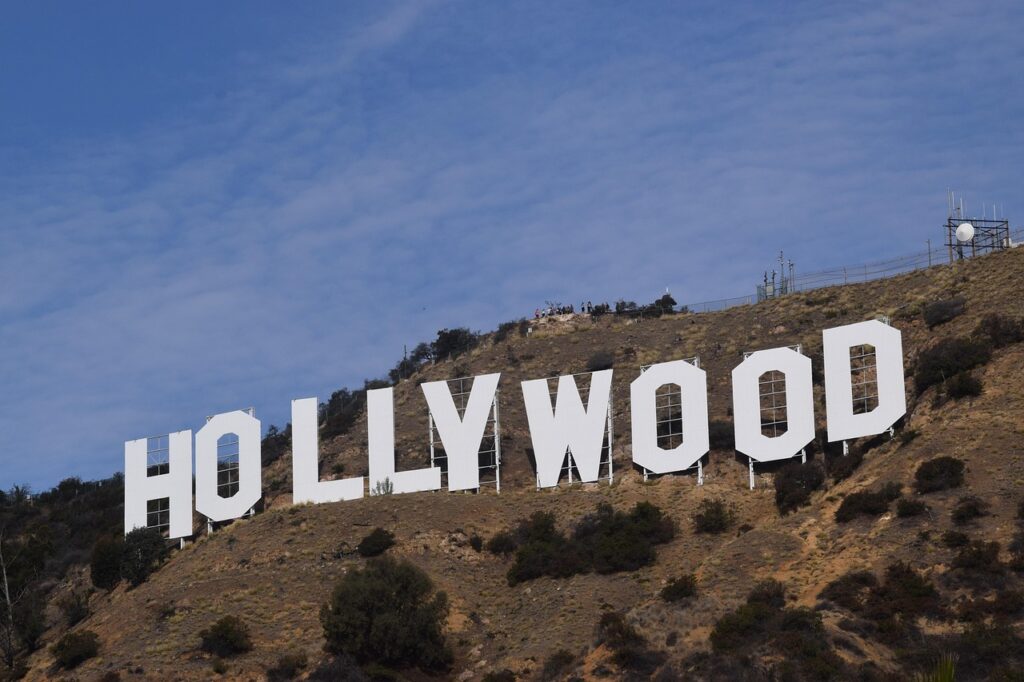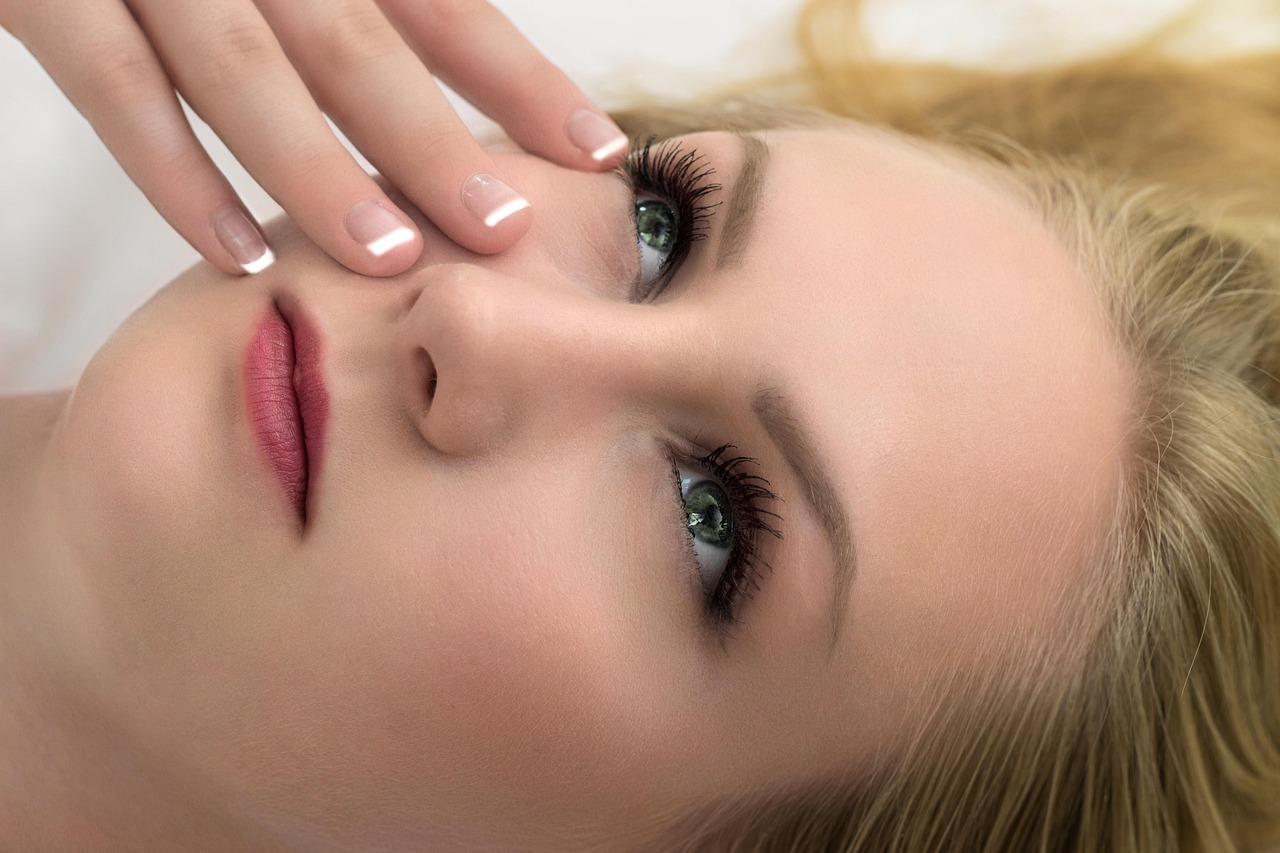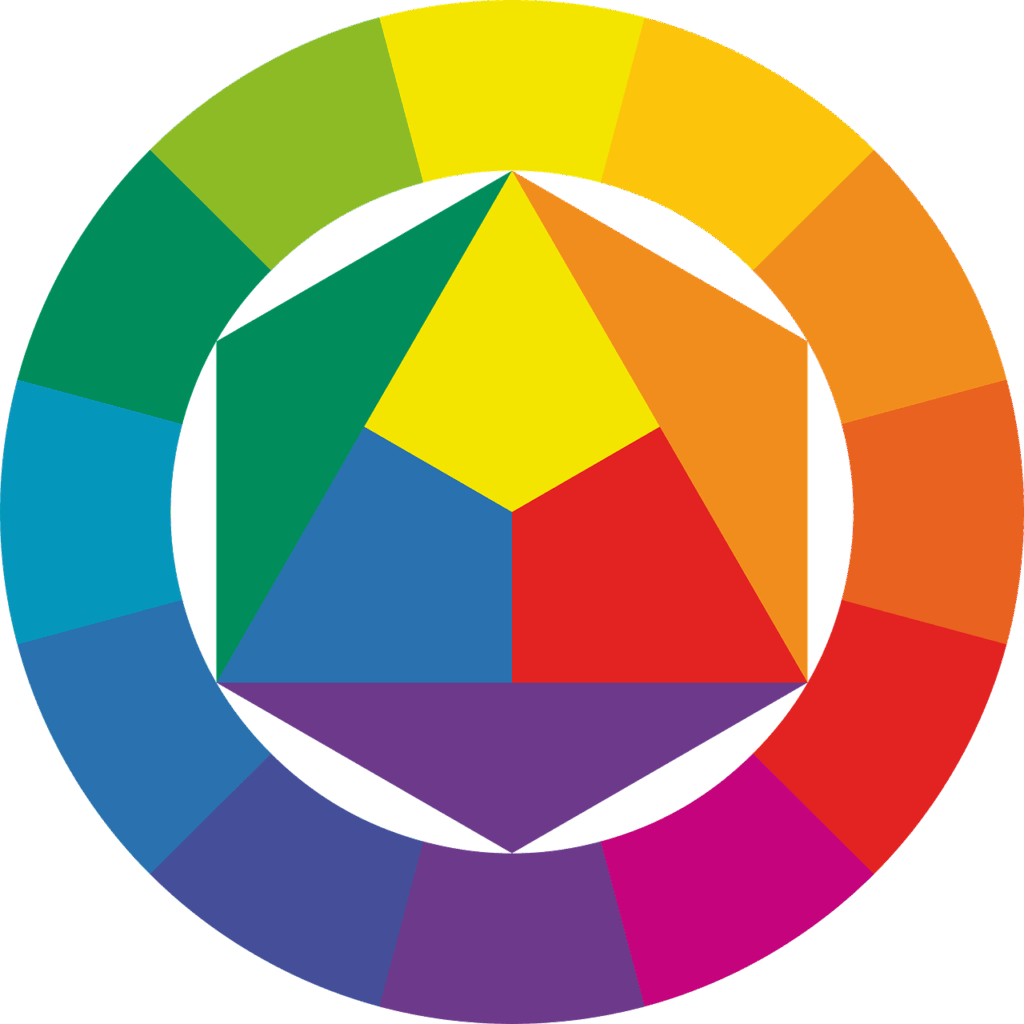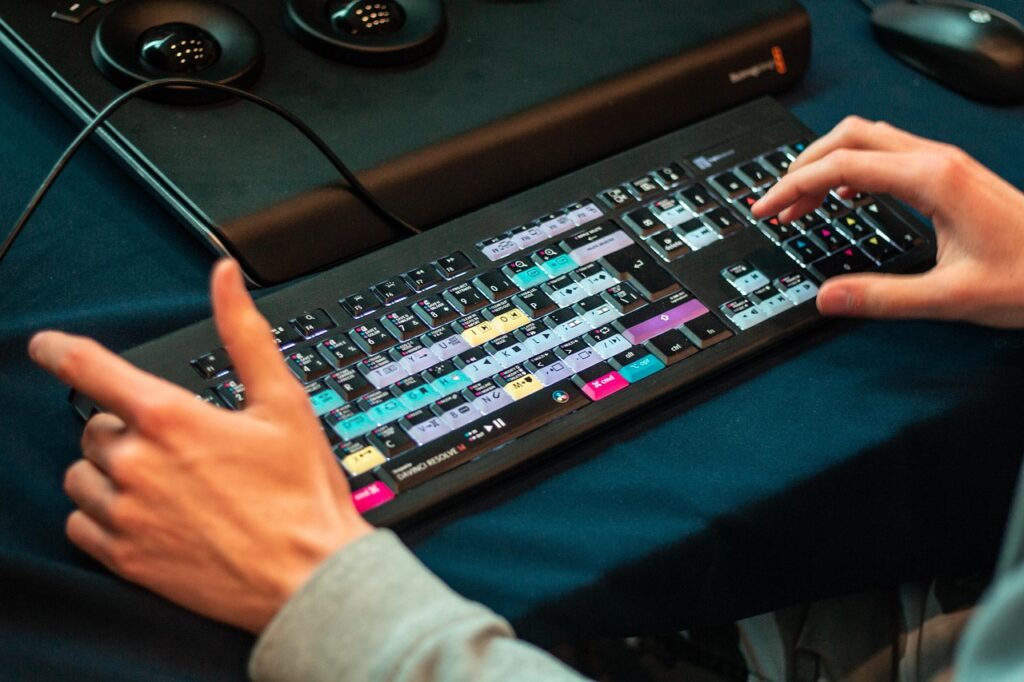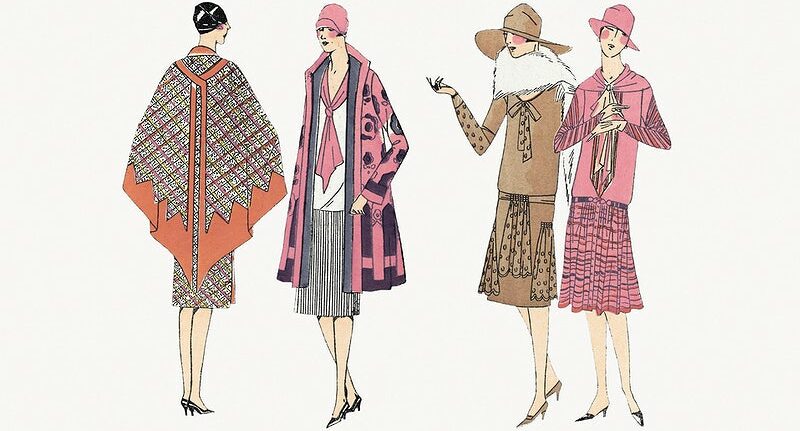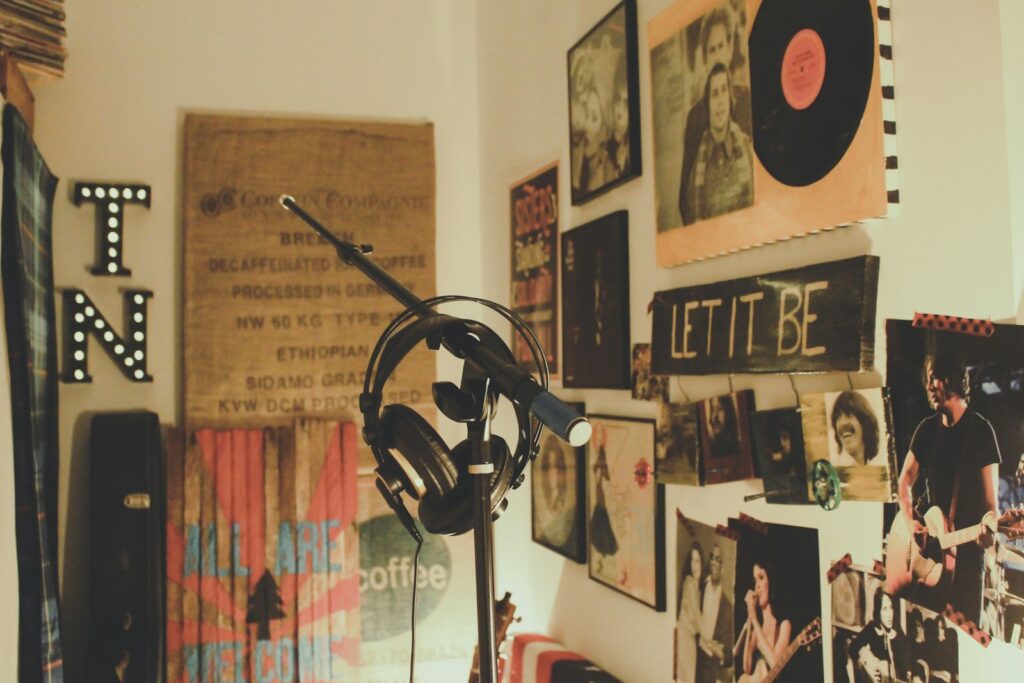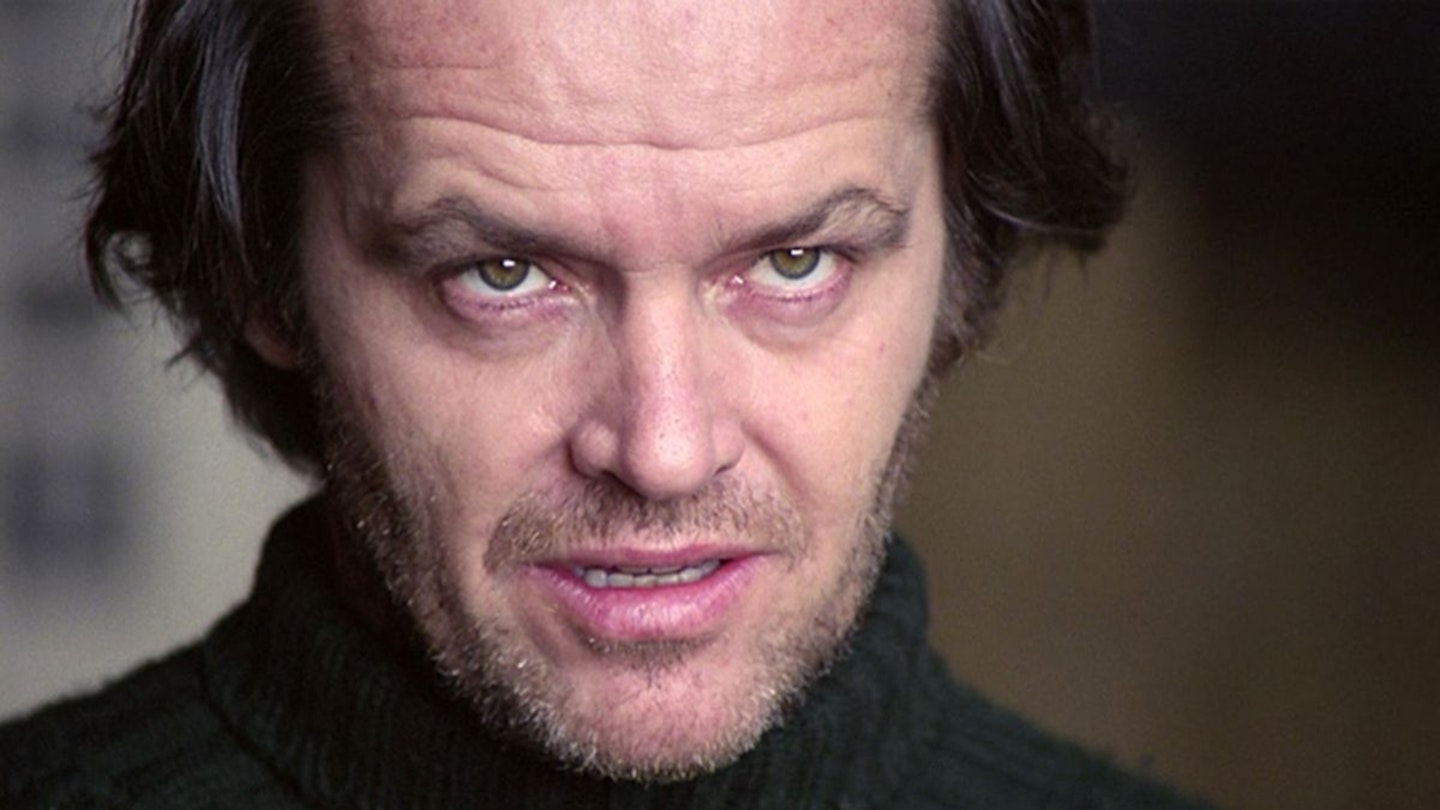Have you ever settled into your seat, popcorn in hand, ready for the latest blockbuster, and noticed something subtly familiar about its visual landscape? Perhaps a consistent warmth in the foreground, a cool depth in the shadows, or an overall palette that feels… strikingly similar to many other films you’ve seen recently? If so, you’ve likely stumbled upon one of Hollywood’s most pervasive and, for some, perplexing visual trends of the last two decades: the ubiquitous orange and blue filter. It’s a color scheme so prevalent that critics have dubbed this era of cinema a “dark age,” yet it continues to dominate our screens, from gritty thrillers to fantastical musicals. This visual phenomenon is far more than a passing fad; it’s a deep-seated convention driven by a confluence of technological advancements, fundamental color theory, and the pragmatic demands of filmmaking.
It might sound like a conspiracy theory at first, the idea that so many diverse films could consciously or unconsciously adopt such a constrained color palette. Yet, once you know what to look for, this visual phenomenon becomes almost impossible to ignore. From the intense battlegrounds of sci-fi epics like “Jupiter Rising” to the dramatic courtrooms of historical biopics such as “The Imitation Game” (2014), and even the vibrant covers of movie posters, orange and blue—often referred to as “orange and teal” or “amber and teal”—are everywhere. This scheme has become a visual shorthand ingrained in our cinematic vocabulary, subtly shaping how we perceive mood, character, and even genre without us often realizing its pervasive influence.
So, what exactly is going on? Why has this particular combination seized such a firm grip on the visual storytelling of our time, creating a cinematic landscape that, in some ways, feels like “the Emerald City, except instead of making us wear green-tinted glasses, the current Hollywood wizard mutes green…along with every other color on the spectrum that isn’t orange or blue”? As we pull back the curtain on this captivating trend, we’ll explore the various technical, theoretical, and practical reasons that have contributed to the reign of orange and blue. Prepare yourself, because, as one warning goes, “once you know what to look for, it will be very difficult for you not to notice see this color scheme every time you look at a screen, at least for a little while.” Get ready to see your favorite films in a whole new light, or rather, in shades of orange and blue.
1. **The Pervasive Hollywood Trend: A Visual Scourge or a Modern Standard?**
The omnipresence of the orange and blue color scheme in major Hollywood movies over the past 20 years is undeniably striking. What began as a subtle artistic choice has blossomed into a full-blown cinematic convention, shaping the visual identity of countless blockbusters and independent features alike. It’s a trend that has not gone unnoticed by film critics, many of whom express frustration, with one critic famously calling this period a “dark age” due to its constrained palette. Yet, its continued use suggests that for every detractor, audiences and filmmakers still appreciate its impact or find it an effective tool for visual storytelling. The debate over its aesthetic merit continues to resonate within the industry.
Consider the breadth of visual evidence, cutting across diverse genres: a “Still from Jupiter Rising,” an “upcoming scifi thriller,” immediately showcases the characteristic cool blues and warm oranges. The historical biopic “The Imitation Game” (2014), the fantasy musical “Into the Woods” (2014), and even the dramatic “The Wolf of Wall Street” (2013) all exhibit this distinct color grading. Even a film like “Mad Max” (2015), with its intensely yellow-tinged scenes, still resolves into an “undeniably orange and blue” palette, highlighting its adaptability across diverse contexts. This widespread application is a testament to how deeply ingrained this aesthetic has become, proving its versatility in conveying different moods.
The trend extends beyond the films themselves, permeating promotional materials like movie posters with remarkable consistency. As the context notes, “And then, of course, there’s every movie poster ever. Because they need to be flashy, they’re a lot brighter and more saturated. But they’re still on the whole very orange and blue.” These posters serve as the first visual introduction, and their adherence to the orange and blue contrast underscores its perceived effectiveness in grabbing attention. An analysis of film trailers from 2013 by blogger Edmund Helmer further solidified this, revealing just how widespread this specific color usage had become across the industry, effectively muting “every other color on the spectrum that isn’t orange or blue.”

2. **The Digital Revolution in Color Grading: From Film to Pixels**
The rise of the orange and blue aesthetic is inextricably linked to a monumental shift in filmmaking technology: the widespread adoption of digital cinema and sophisticated digital color grading tools. In the days of traditional film, achieving specific color effects was painstaking and costly. It involved careful choices in film stock, development, and, if truly bespoke colors were desired, manually applying colors to individual frames—an incredibly labor-intensive endeavor that severely limited creative flexibility and consistency across an entire movie. This historical context makes the modern ease of color manipulation all the more remarkable.
However, the advent of digital filmmaking changed the game entirely. “Now, most movies are shot digitally and it’s a lot easier to go back and rebalance things to achieve whatever affect you want,” the context explains. Digital Intermediate (DI) processes, facilitated by powerful software like “Adobe video editing software,” allow filmmakers and colorists to manipulate every aspect of a film’s image with unprecedented precision. Colors can be shifted, saturation adjusted, and tones rebalanced across entire scenes or an entire movie with relative ease. This newfound flexibility removed many previous technological and financial barriers to creating a consistent, stylized look, opening up a universe of possibilities for post-production artistry.
Crucially, this digital capability facilitated the application of a “single color scheme to a bunch of different scenes at once.” This efficiency is a game-changer for large-scale productions. For filmmakers integrating various formats or desiring a cohesive visual identity across a complex narrative, applying a uniform color scheme became indispensable, helping to “tie them together.” The ability to impose a consistent visual language across disparate footage elements became a powerful tool for maintaining narrative flow and aesthetic unity, streamlining the entire visual process.

3. **The Coen Brothers’ Early Experiment: “O’ Brother Where Art Thou” and the Sepia Shift**
While the orange and blue trend gained significant traction in the last 15-20 years, a pivotal early example of heavy digital color grading, *O’ Brother Where Art Thou* (2000), demonstrates the nascent power of this technology, albeit with a different palette. This Coen Brothers film is frequently cited as a pioneer in heavily digitally color-graded features. Its distinct visual style, a warm sepia tone that permeates the entire movie, was a deliberate artistic choice, reportedly made at the “expense of realism.” This decision, unusual for its time, highlighted a bold new frontier in cinematic aesthetics.
The Coens’ intention was to achieve a “retrograde” look, specifically wanting it “to look like an old hand-tinted picture.” This ambition went beyond mere cosmetic changes; it aimed to evoke a specific historical period and visual sensibility. The cinematographer on the film elaborated on this artistic directive, stating, “They wanted it to look like an old hand-tinted picture, with the intensity of colors dictated by the scene and natural skin tones that were all shades of the rainbow.” This quotation highlights a crucial point: early digital grading was seen as a means to expand artistic expression, to create novel and specific visual worlds, rather than constrain them to a repetitive scheme. The film’s uniform sepia effectively transported audiences to a bygone era, proving the immense potential of digital manipulation to serve a specific narrative vision.
The example of *O’ Brother Where Art Thou* is crucial because it illustrates the revolutionary capacity of digital color grading before the orange and blue scheme became pervasive. It shows how “all the shades of the rainbow” could theoretically be manipulated to create unique artistic effects. The film stands as an early testament to the creative freedom digital tools offered, paving the way for more experimental and consistent color palettes in cinema. While its specific sepia tone diverged from the later orange and blue trend, its groundbreaking use of digital grading set a precedent for what was possible, essentially opening the door for the systematic color choices that would follow.
4. **The “Human” Element: Why Skin Tones Drive the Orange Palette**
One of the most fundamental and perhaps overlooked reasons behind the prevalence of orange in film color grading lies in a simple, unavoidable fact of human existence: the color of our skin. In nearly every movie, human actors are present, often as the central focus of a scene. Their appearance, particularly their skin tone, is critical for audience relatability and naturalism. It turns out that human skin, across its vast spectrum of shades, consistently falls into the orange segment of the color wheel. This physiological reality provides a crucial anchor for color decisions in cinematic imagery.
“Most skin tones fall somewhere between pale peach and dark, dark brown, leaving them squarely in the orange segment of any color wheel,” the context informs us. This universal characteristic provides a strong common denominator for colorists. When aiming for a unified look across multiple scenes, or even an entire film, centering the palette around a color that complements and enhances human subjects is a logical and efficient strategy. By subtly pushing skin tones towards a vibrant, warm orange, actors can appear healthy, present, and stand out against their surroundings, making them more visually appealing and commanding attention.
Therefore, if filmmakers want to make a movie “look good” and ensure their human characters are visually appealing and distinct, subtly enhancing the orange inherent in skin tones becomes a key objective. This isn’t about creating unrealistic complexions, but rather about optimizing the existing warmth within natural skin tones to make them “pop out,” as one expert, Egoraptor, described the effect of orange in Castlevania’s level palettes. This focus on the human element drives the foreground warmth that defines one half of the orange and blue dichotomy, making it a natural choice for any film that features people prominently.
5. **Complementary Contrast: The Fundamental Color Theory Behind Blue and Orange**
Beyond the practicalities of human skin tones, the choice of orange and blue is deeply rooted in basic color theory, specifically the concept of complementary colors. You might recall from early art classes that complementary colors are pairs of colors that sit directly opposite each other on a color wheel. When placed side-by-side, these colors create the strongest possible visual contrast, making each other “pop” and appear more vibrant than they would with any other pairing. For orange, its perfect complement is blue or cyan. This is a foundational principle taught in design and art, demonstrating its innate effectiveness.
“Blue and cyan are squarely on the opposite side of the wheel,” the context highlights. This fundamental relationship means that “side-by-side, they produce greater contrast than either would with any other color.” In the dynamic world of cinema, contrast is almost universally desired. It helps to define elements, separate subjects from backgrounds, and create visual depth and impact. A strong contrast can draw the viewer’s eye, emphasize key figures, and generally make a scene feel more “alive” and visually engaging, commanding the audience’s attention and guiding their perception.
The theory suggests that if you render human subjects in warm, plausible orange tones and then make the shadows and backgrounds as cool and blue as possible, the result is a screen that is both “vibrant” and features a “pretty darn complementary palette.” This creates a clear visual separation between characters and their environment, often enhancing the narrative focus on the human drama while providing a rich, contrasting backdrop. It’s a simple yet incredibly effective formula that leverages a core principle of color interaction to maximize visual appeal and readability, making it an attractive option for filmmakers looking for a powerful and readily available aesthetic, almost like a visual shorthand for drama.
6. **The Pressure Cooker of Post-Production: Efficiency and Deadlines for Colorists**
While color theory and artistic intent play significant roles, the practical realities of film production, particularly the intense pressures of post-production, also contribute significantly to the widespread use of orange and blue. Colorists, the unsung heroes of a film’s visual finalization, operate under incredibly tight deadlines. The process of color grading an entire feature film, frame by frame, is an arduous task, and these professionals often have only “a couple of weeks” to complete “about two hours of movie.” This demanding schedule leaves little room for extensive experimentation or bespoke palettes for every single scene.
As Cracked’s Dan Seitz humorously but pointedly observed in his analysis of generic color grading, “It’s not necessarily laziness per se. Your average colorist has to grade about two hours of movie, frame by frame sometimes, in the space of a couple of weeks. It doesn’t take that many glances at the deadline bearing down on the calendar before you throw up your hands and say, ‘Fuck it. Everybody likes teal and orange!’” This sentiment, while hyperbolic, captures the essence of the practical pressures. When faced with the need to achieve a consistently good look quickly, defaulting to a proven, effective scheme like orange and blue becomes a logical and efficient choice, a reliable go-to under duress.
The orange and blue palette offers a reliable shortcut to a visually appealing result. Because it leverages basic complementary color theory and works well with human skin tones, it provides a “safe” option that almost always looks “good.” It ensures strong contrast and vibrancy without requiring extensive, scene-specific color adjustments, thus streamlining the workflow considerably. This efficiency is paramount when managing the vast amount of footage a modern film generates, allowing colorists to meet their deadlines without compromising perceived quality, or at least meeting industry standards. This blend of technical efficacy, aesthetic appeal, and workflow efficiency firmly cements the orange and blue filter as a standard practice in the demanding world of Hollywood post-production.

